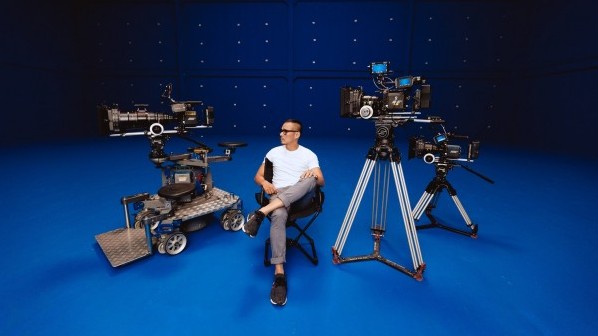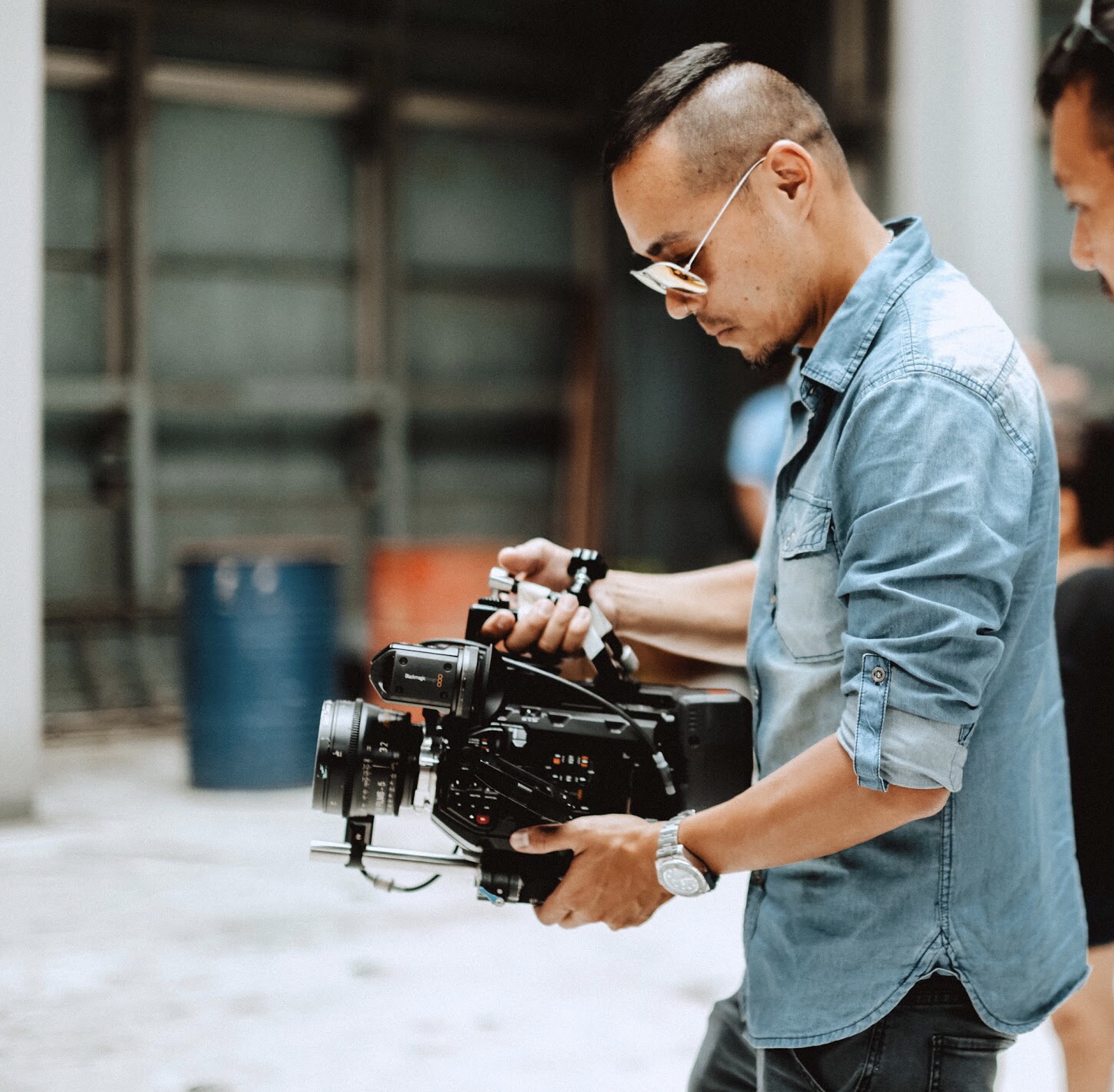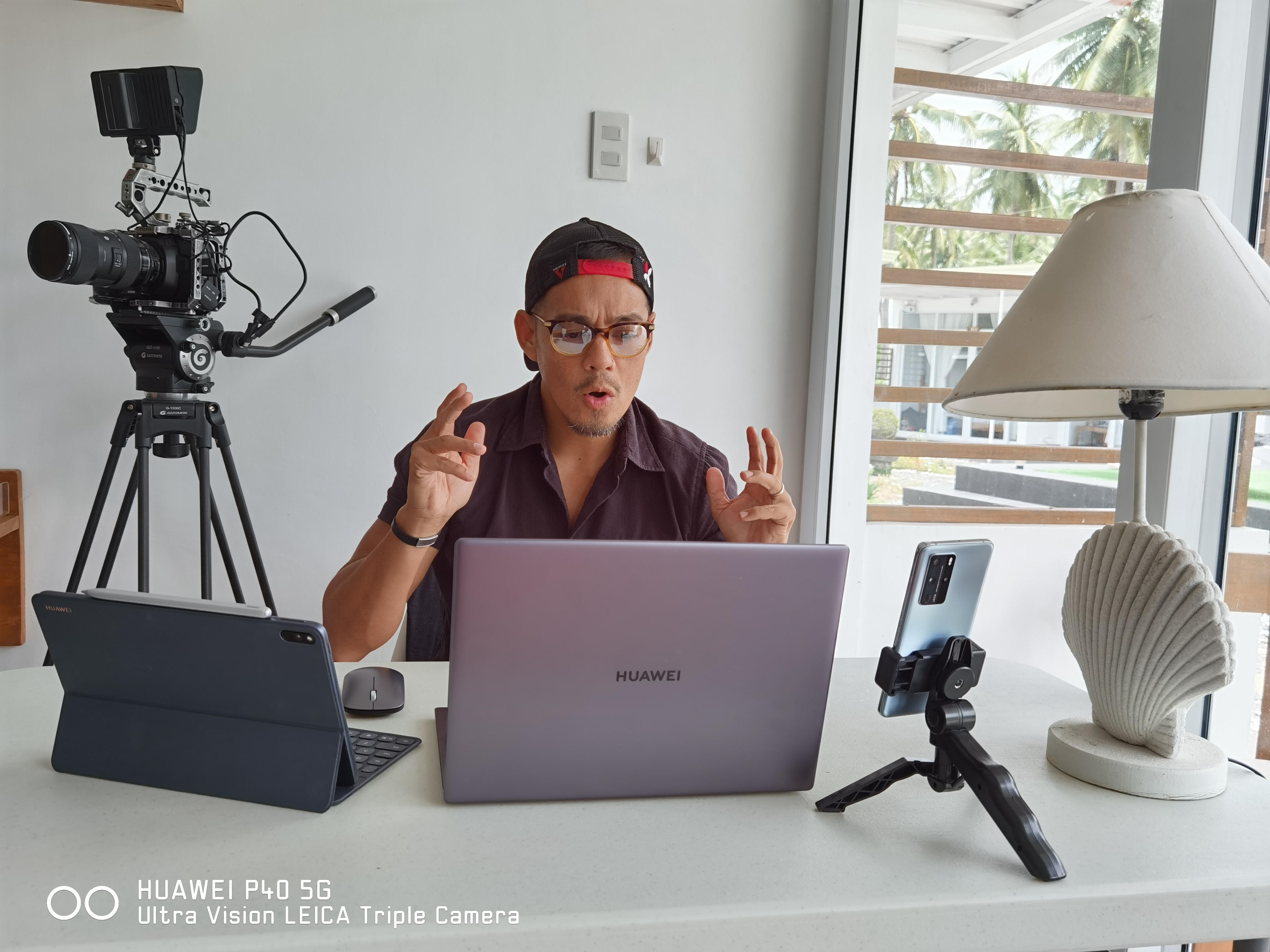As I write this, we are 100 days into quarantine. In the beginning, my wife and I had decided to escape to the province to avoid the virus and the city that seemed to help it spread so quickly. We selected a place by the beach as a great place to sit this one out and spend time with my family. I thought it would be just the thing we needed as the quarantine would soon be lifted and I’d be right back at work when it did. I was right about most of it.
The quarantine was extended and became stricter, yet despite that, I had been getting calls if I could shoot. I said yes, provided we do it our way, referring to remote directing, a system we had pioneered in 2019, with Sidekick, a freelance directors’ collective I had founded. The advertising industry has been evolving with the growth of new media channels provided by the internet and requiring new skills, formats, and the ability to work with smaller budgets. Sidekick had been formed to address that need by combining my experience with the skills of talented young directors to provide high-quality work. As part of our process, I would supervise shoots remotely. The system worked, and we managed to shoot for a number of local and international clients. And then, COVID-19 struck.

With the production industry deciding to shutter to protect its members, advertising production came to a grinding halt, at least in the way we were accustomed to. Getting the ball rolling were a few TV commercials with themes of thanking frontlines or instructing safety that had edited crowdsourced footage into inspiring messages. Brands found an opportunity to align themselves with the cause of good.
Less than a month into our family quarantine in the province, I had gotten a call to shoot a concept that involved families, for Vicks, a brand strongly associated with touch for the way it is applied. With the restrictions on touching brought about by the virus, the idea behind the ad involved the heartfelt message that, despite the lack of touch, the feelings of care and affection for loved ones behind that touch never go away despite the physical distance. To express this visually, we needed a number of families, and just as the restrictions applied, it was impossible to cast such a large ensemble. And this is where the methodology of the Sidekick Collective kicked in.
We put out a casting call for the required talents within the Collective's network to find families that fit the brief. The cast must be the director's own family living within the same house such that there would be no unnecessary exposure thus keeping everyone in the production safely within their homes. We found the cast we needed and got to work. The process wasn't much different from what we had honed in 2019. With the use of available technologies — teleconferencing and messaging apps — we were able to coordinate several units remotely. Even post-production was remotely performed from the delivery of files to the supervision of edit and color grading. A barrier had been hurdled, at least for the local situation. We could shoot again.
“ I truly appreciate the client and agency’s cooperation and trust during these trying times. All parties looked at the projects with different optics, realizing the limitations we were presented with. ”
We went on to shoot more TV commercials under the same strict conditions. The Sidekick Collective quadrupled in size to make room for more opportunities to find the requirements of clients amongst our ranks. I also had the first-time experience of shooting an international production in Vietnam from my seaside sanctuary. We learned to adapt quickly.
When the quarantine restrictions were eased, the production industry released rules of engagement for shoots that put stringent safety regulations in place. Crews are limited to a maximum of 50 people. Interaction and movement on set are restricted. Testing, disinfection and protective equipment are mandatory. Even meals have been changed from being served buffet-style to individually packed. Client approval is done over Zoom. And hours are limited to reduce exposure.
I truly appreciate the client and agency’s cooperation and trust during these trying times. All parties looked at the projects with different optics, realizing the limitations we were presented with. A genuine collaboration was born to face these challenges.
“ Technology has always paved the way for our work in one way or another. Just like the shift to digital, there is always resistance to change, especially when it affects workflows. During the quarantine, it’s been a matter of survival. ”
On the conceptual front, there was a noticeable shift felt as well. Messages became sensitive to the situation, stripped of the usual marketing spiels and replaced with safety reminders, gratitude towards frontliners, and lots of hope. The visuals, likewise, followed. They became more organic, partly due to restrictions on equipment and casting, but also due to the message, with which highly stylized imagery wouldn’t jibe.
Technology has always paved the way for our work in one way or another. Just like the shift to digital, there is always resistance to change, especially when it affects workflows. During the quarantine, it’s been a matter of survival.
Our industry depends on a work-for-pay system and being locked down for three months meant no pay for the duration. In our case, it meant using personal equipment and improvisation. Just as the strict quarantine was about to be lifted, production equipment providers had already begun to showcase remote shooting equipment to be available for use locally. This has left me curious as to where technology is taking us next.
“ After 19 years of being on the set, I miss the energy of a face-to-face shoot. But looking forward, I see the landscape changing, and for the good. In this new reality, I look forward to the day I am reunited on set with my staff and crew, shooting like we always have. ”
Despite all these, one of the heartbreaking effects of the lockdown was the displacement of numerous production workers that depended on freelance work. They are the unseen gears that make productions run efficiently. Many contribution drives have been started to help tide them over, and many have contributed both from the industry and the public, including myself and Sidekick, but it is still not enough. Despite the resumption of shoots, the limited numbers required have caused many to seek other jobs elsewhere.
All of these have been an eye-opener for me. Little did I know when I started Sidekick that its promise to adapt to the industry’s changing landscape would be fulfilled this way, in the midst of a pandemic. I am honored to be working with such talent. I realized that when willing, we can adapt to whatever challenges we face as long as we work together unselfishly.
I must admit after 19 years of being on the set, I miss the energy of a face-to-face shoot. But looking forward, I see the landscape changing, and for the good. Meetings have proven effective online, reducing the time spent in transit between them, so remote collaboration will become a standard option. In this new reality, I look forward to the day I am reunited on set with my staff and crew, shooting like we always have.
Ironically, the most important thing the quarantine gave me was the opportunity to be locked down with my family in an idyllic place and still be able to do the work I love. We must always look for the blessings in times of despair.
Edited by Nathalie Tomada





